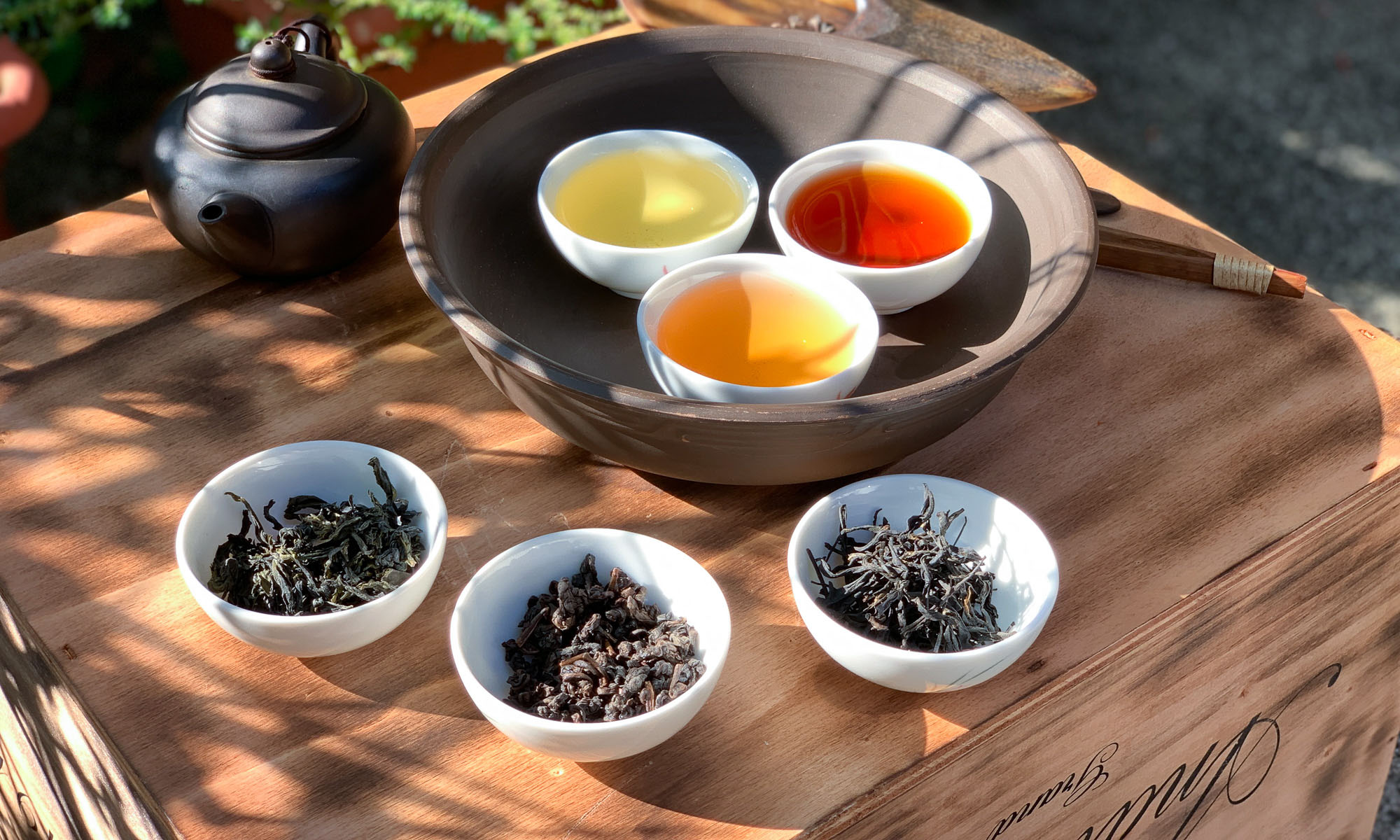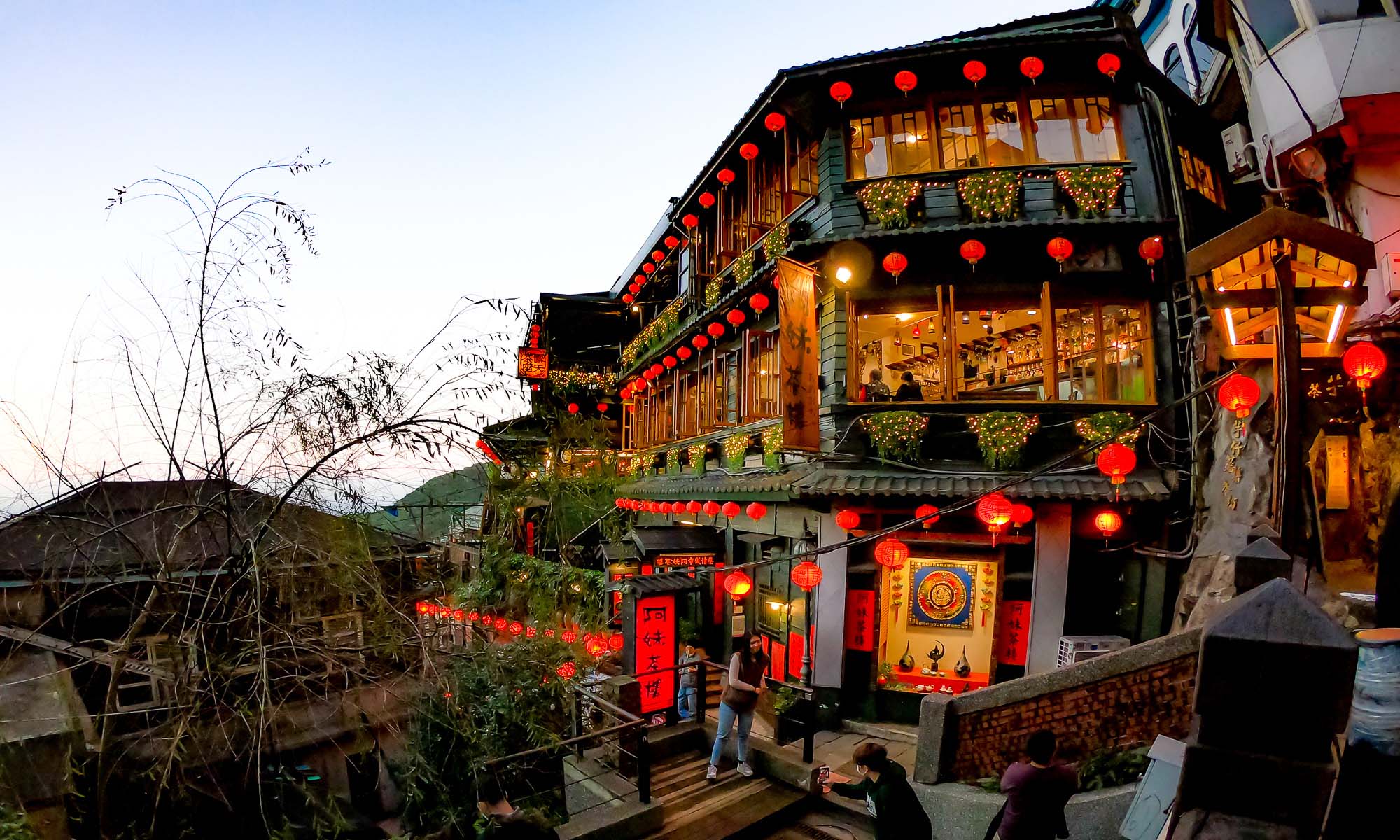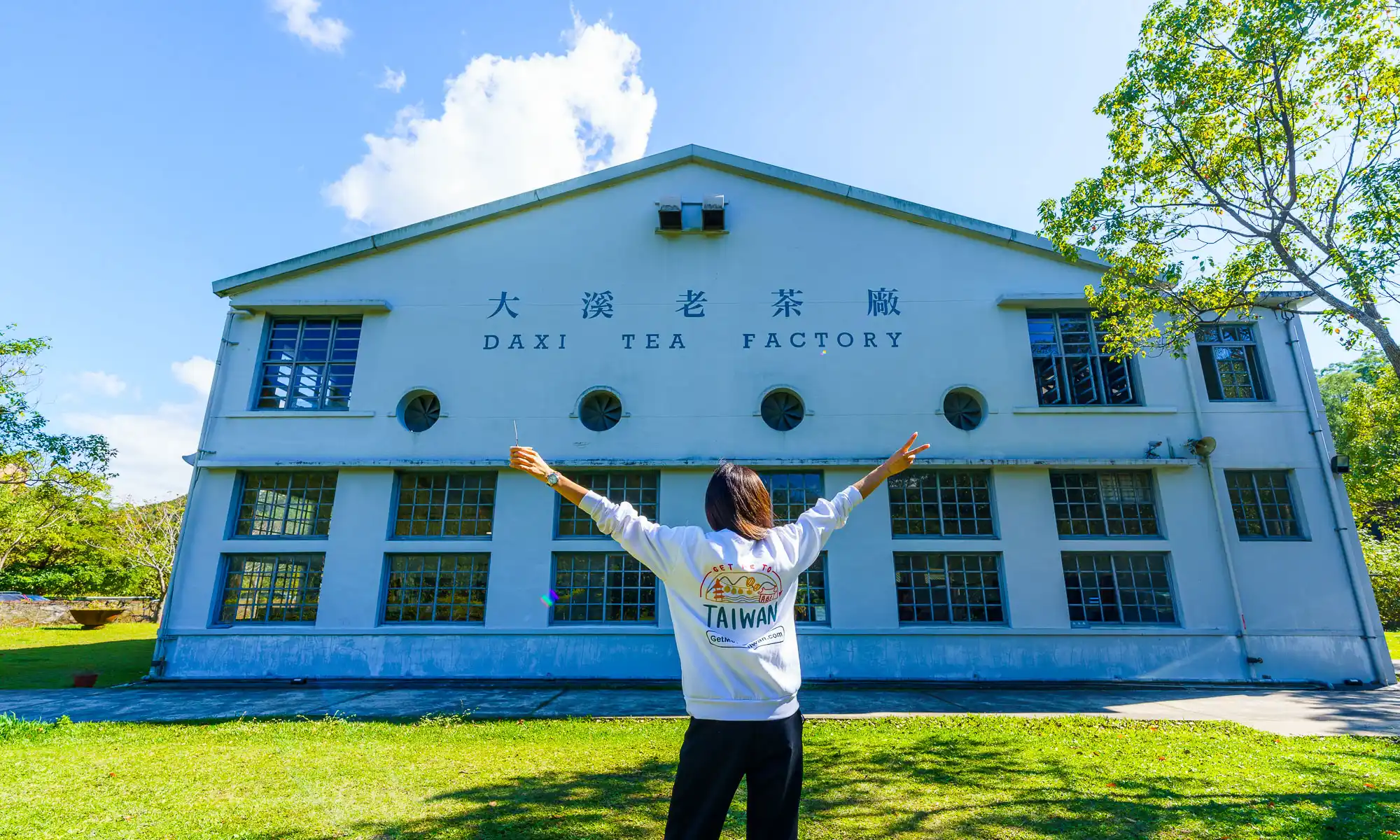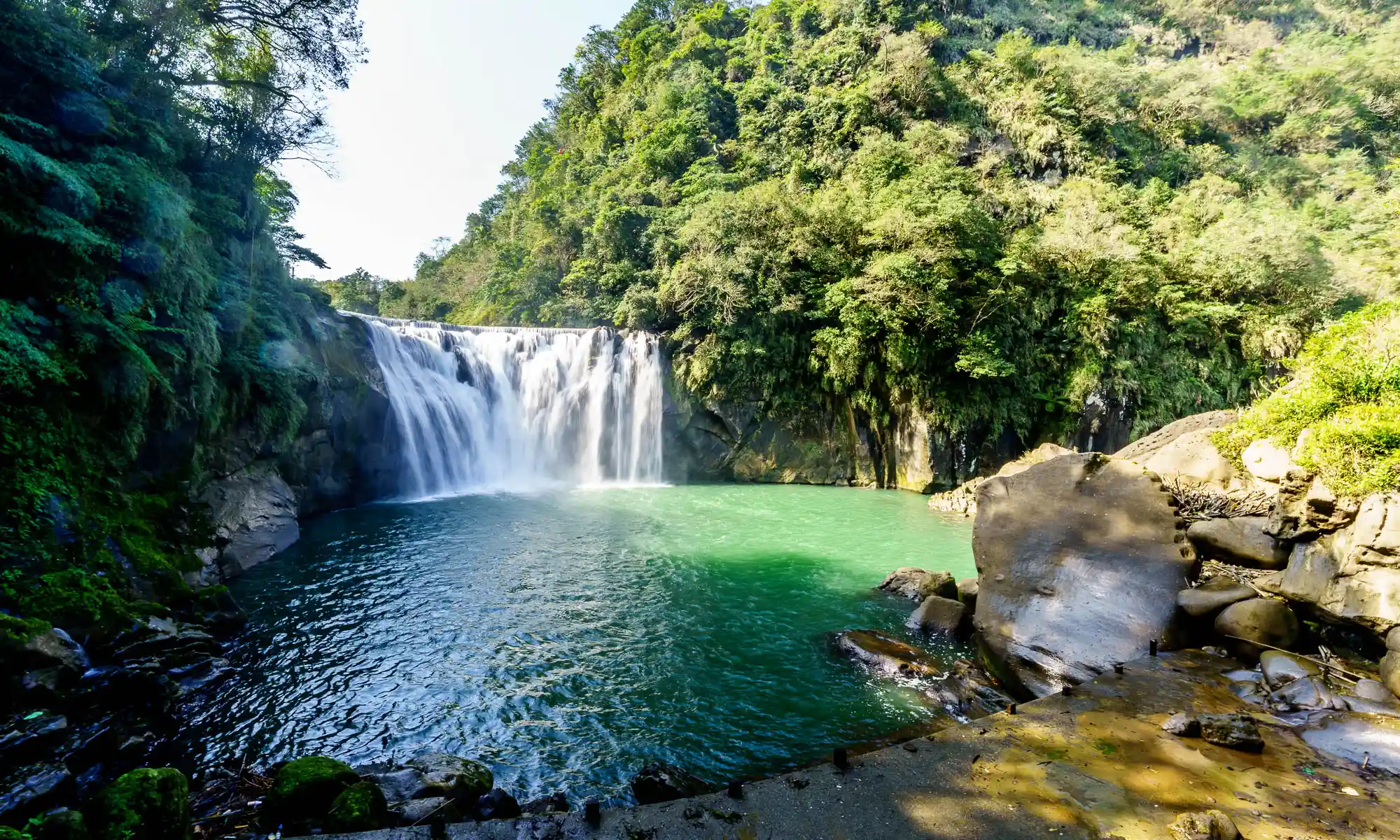MAOKONG
Four Season Spring, or “Si Ji Chun” in Mandarin, is the key ingredient in 50 Lan’s—arguably Taiwan’s most famous bubble tea brand—new line of drinks. What makes it different from other kinds of tea, and why has it become so popular?
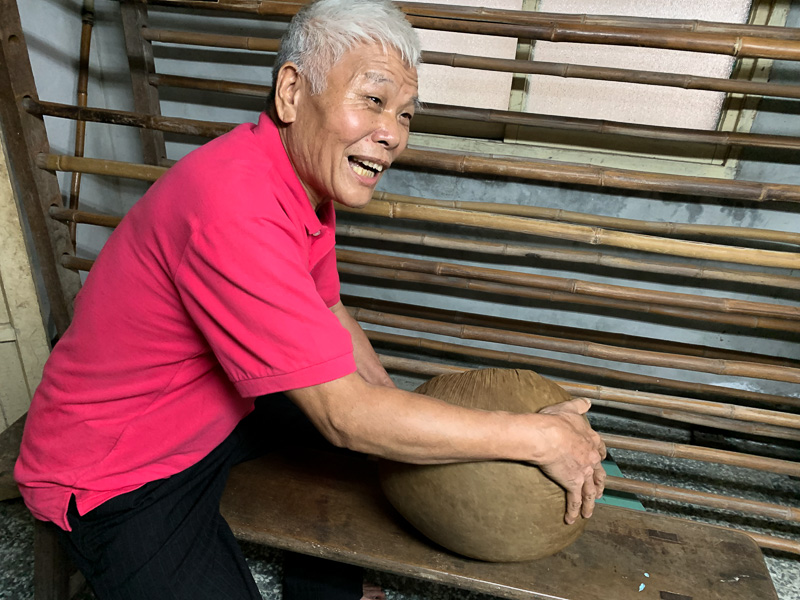
Four Season Spring is a variety of tea tree discovered in 1968 by Chang Wen-Wei, the grandson of Chang Nai-Miao, himself famous for introducing the Tieguanyin variety to Taiwan in the late 1800s. While patrolling his tea garden with his son, Wen-Wei repeatedly noticed a particular plant was always ready for harvest. Unlike the other trees in his garden which were the Tieguanyin variety, this plant could be harvested between 4 and 6 times per year. This high yield is why the plant came to be known as Four Season Spring.
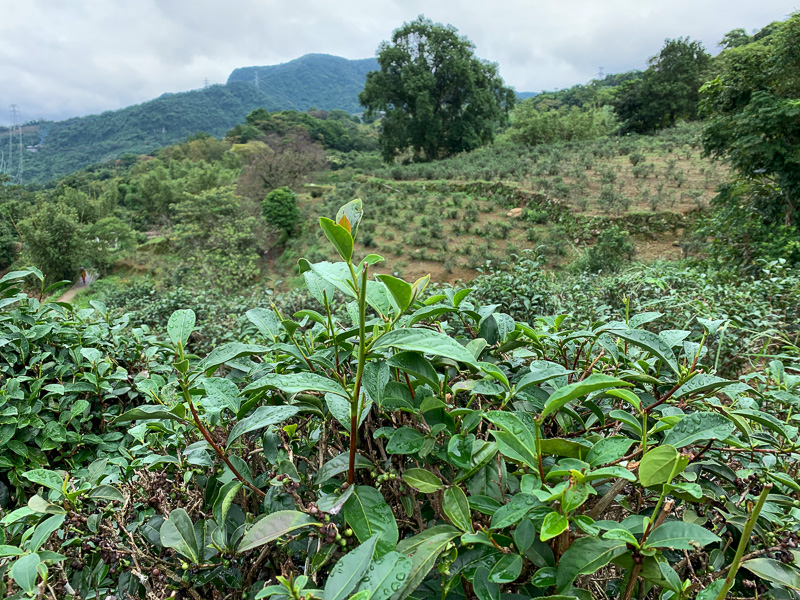
After their discovery, Chang Wen-Wei and his son, Chang Hsin-Chung, shared their discovery with other farmers. Their selflessness ensured the Four Seasons Spring variety had a chance to flourish around Taiwan long after the original tree withered. Today, this variety has even been exported to Vietnam.
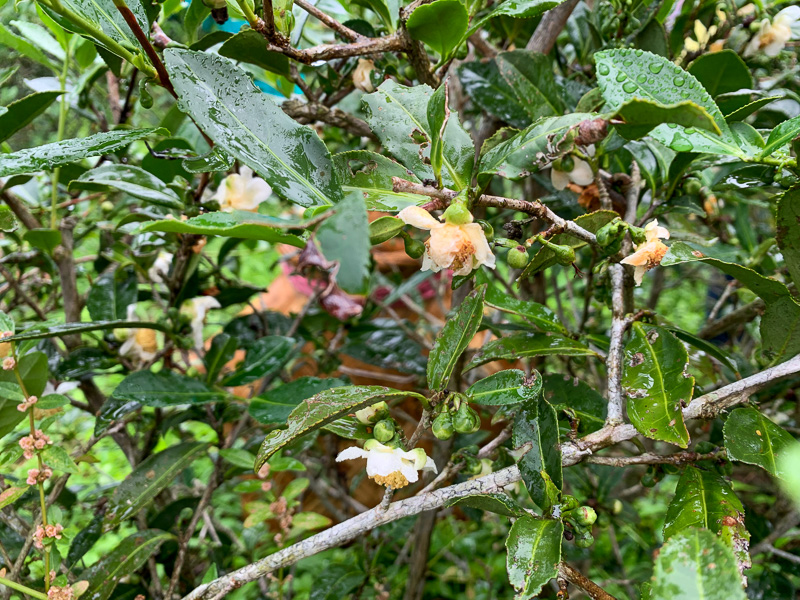
Nowadays, Hsin-Chung is responsible for the family’s tea garden. For the past 30 years, he hasn’t used weed killers or artificial fertilizers on his land. Concern for the environment has led him to practice natural farming, also known as “the Fukuoka Method”. Even more stringent than the requirements of organic certifications, natural farming prohibits the use of any fertilizers and thus prioritizes the well-being of the local environment by preventing water pollution, biodiversity loss, and soil erosion. Ten years ago he discovered the benefits of using Lupin as a cover crop to keep his soil moist and the ecosystem balanced. His efforts have not gone to waste as his farm’s highly aromatic Tieguanyin is highly praised.
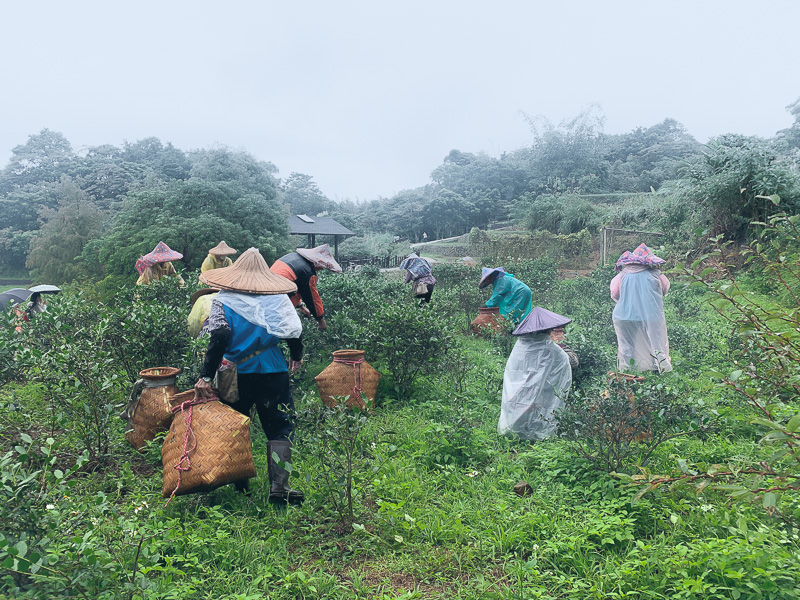
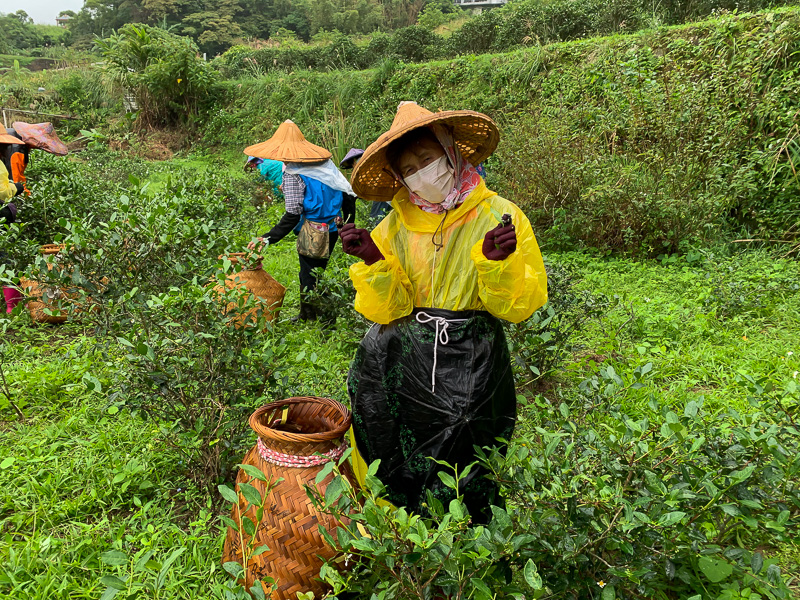
Every November after the winter harvest, Hsin-Chung plants Lupin which flowers in February and March. While winter harvests are fragrant, they are generally smaller due to the slowed growth of the tea plant. Spring, on the other hand, is the most anticipated harvest, and, if you arrive at the right time, you might see laborers busily hand harvesting tea.
As with many tea farms in Taiwan, Hsin-Chung’s family also operates their own tea house, the Six Seasons Teahouse. Only a 5 minute walk from Maokong Gondola Station, the tea house is a great place to sample Hsin-Chung’s family’s fragrant teas. Open-air seating and a clear view of Taipei 101 make for a relaxed and stress-free atmosphere.
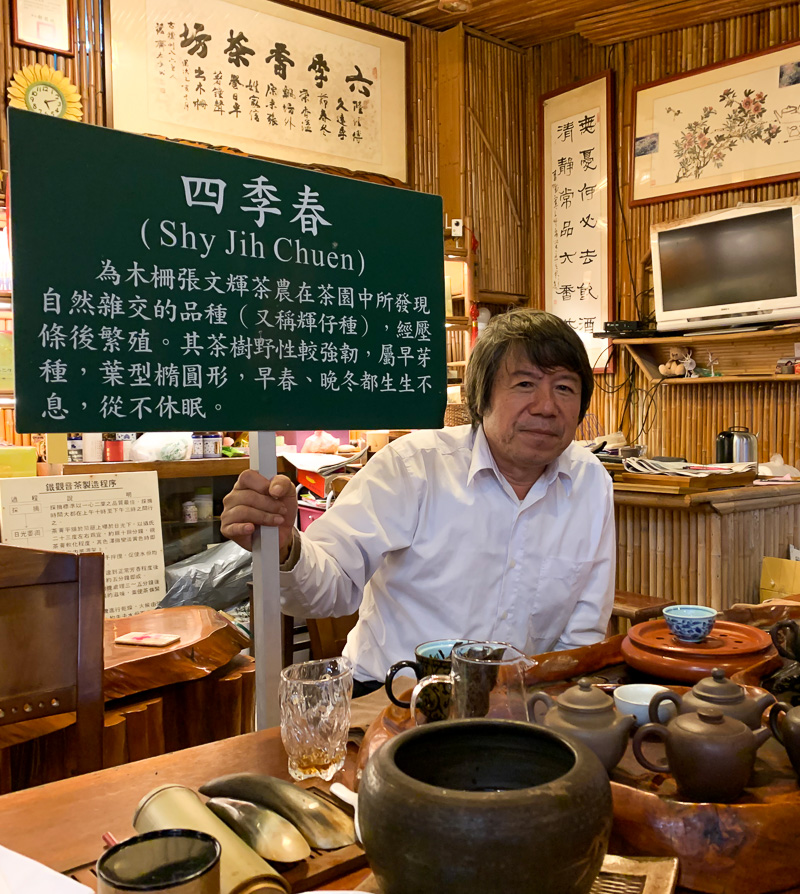
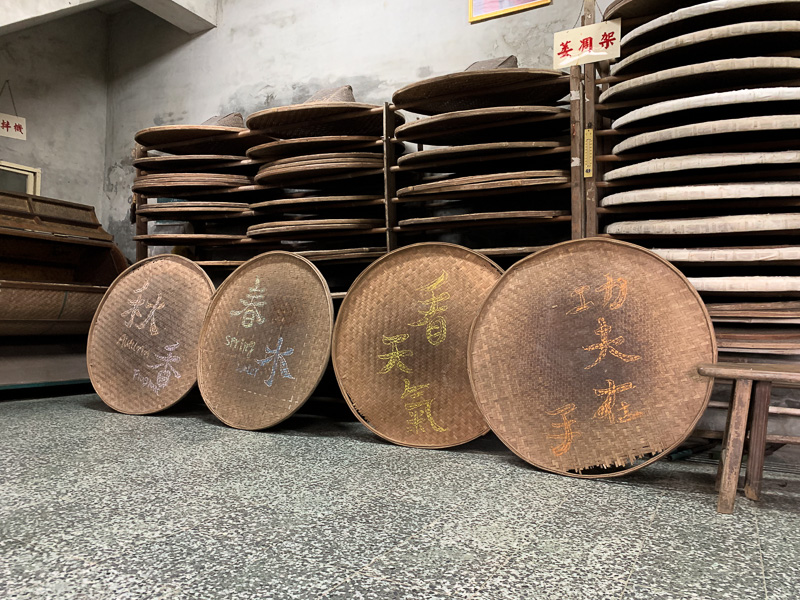
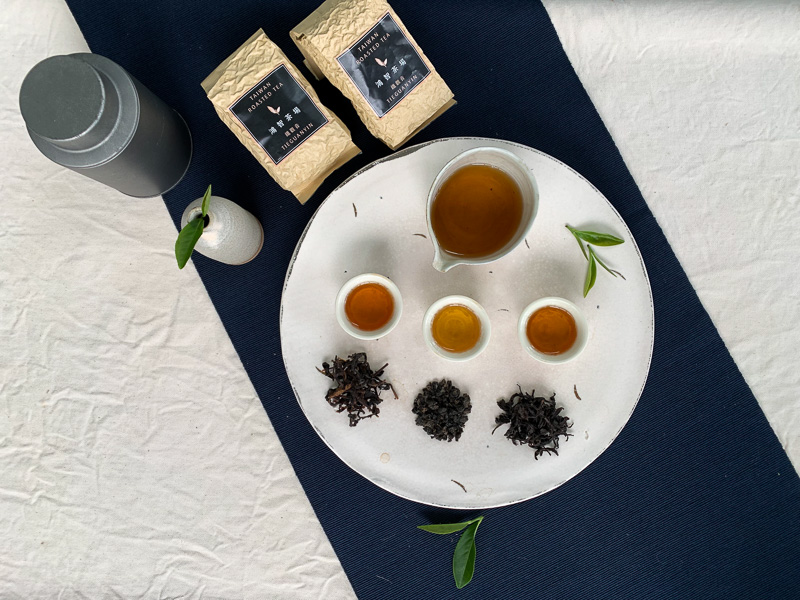
Directly below the tea house lies the popular Camphor Tree Trail—just one small part of section 7 of the 92-kilometer-long Taipei Grand Hike. The trail bisects the tea house’s gardens and is bordered by Four Season Spring plants on one side and Tieguanyin—used for the teahouse’s orthodox style Tieguanyin tea—on the other. Taking a stroll through the garden is a great way to see the benefits of natural farming for oneself. In particular, the omnipresent ladybugs are a natural means of pest control.
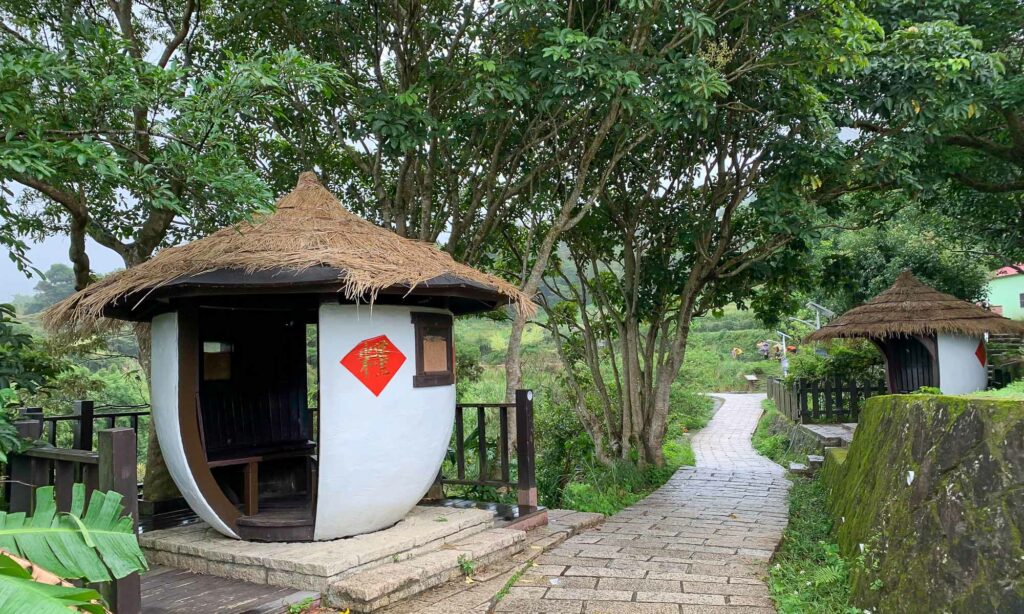
While in the area, be sure to visit the rest of the Maokong Tea Garden, which features Greater Taipei’s most accessible leisure agriculture, hiking, and DIY tea workshops.

